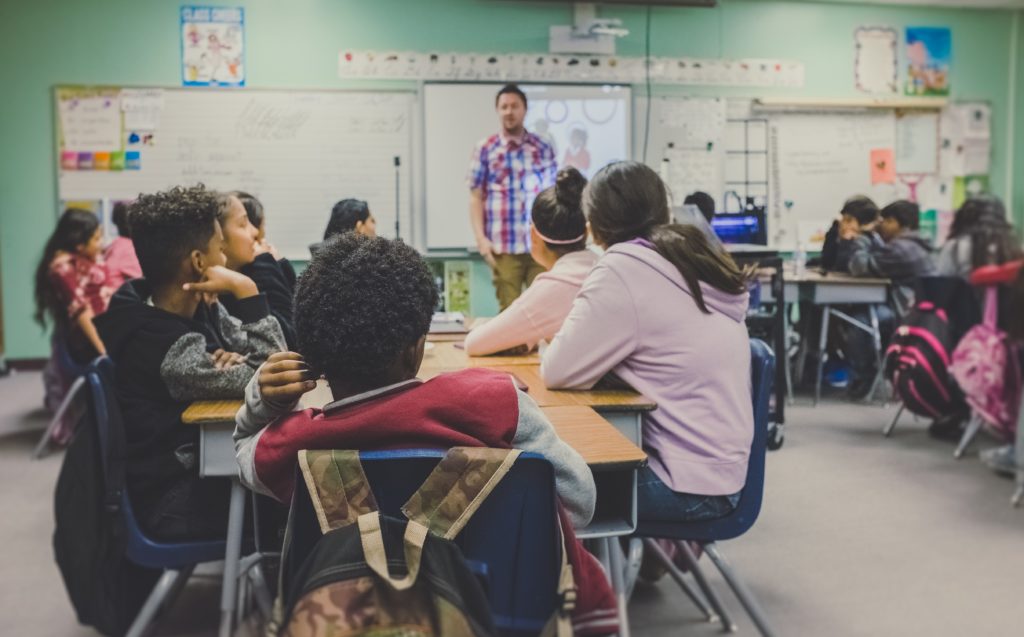 This article was originally published in the Anchorage Daily News on September 6, 2019.
This article was originally published in the Anchorage Daily News on September 6, 2019.
In the midst of debates surrounding current budget cuts and the Alaska Permanent Fund, we are neglecting to address one of Alaska’s most urgent issues: the literacy of our children.
According to the 2018 Performance Evaluation for Alaska’s Schools, or PEAKS assessment, 58% of Alaska fourth graders in public schools are below or severely below proficient literacy levels.
Alaska’s literacy results on the national level are even more disheartening. According to the results of the 2017 National Assessment of Educational Progress, or NAEP, Alaska fourth graders are ranked dead last in the nation in the reading category.
As an avid reader myself, these results are particularly disappointing. As a child, the ability to read allowed me to explore the lands of Narnia and Hogwarts School of Witchcraft and Wizardry. I solved mysteries with Nancy Drew and traveled the world in a Magic Tree House. The thought of Alaska children being deprived of this opportunity is devastating.
The good news is that there is a solution. Alaska is not the only state to have experienced critically low reading scores. From 1992–2002, Florida’s fourth graders scored below the national average on the NAEP reading assessments. In 2002, Florida implemented rigorous policy changes that dramatically improved its reading programs. Florida’s fourth graders are now ranked fourth overall in the nation in reading.
The obvious success of Florida’s early reading initiatives and changes in education policy have not been overlooked by other states. By 2018, 35 states had adopted early literacy initiatives, with each seeing improvement in their young students’ reading abilities. States that modeled their new initiatives to reflect Florida’s have implemented a variety of programs that closely monitor K–3 students to identify reading needs and weaknesses early on. These programs include reading improvement plans, earlier and more frequent parental notices, and strategies for how parents can help.